May 14, 2025
Author:Amanda Lyu
Has it ever happened to you that you step into a room to see your cat joyfully licking a grocery bag with the enthusiasm of a celebrity diner? This curious behavior produces both strange and slightly worrisome effects when viewing it through a cat brain perspective.
Many cat owners notice this unusual behavior in their pets while confirming that this behavior goes beyond typical feline quirks. The behavior demonstrates no randomness because it has biological roots or psychological origins, and medical explanations.
It is time to understand why your cat licks plastic and how to prevent it, along with monitoring its safety implications. Your solution to prevent cats from interacting with plastic lies at WOpet through their dedicated toys and feeders made specifically for feline curiosities.
Let’s break it all down—kind of like how your cat would probably prefer to break down your ziplock bags.

Cats do strange stuff—like sitting in boxes too small for their bodies or batting imaginary bugs. But licking plastic isn’t just random silliness. There are deeper behavioral triggers behind it.
One common cause? Pica.
Cats with Pica disorder must lick and chew non-food materials because the disorder drives them to consume objects ranging from fabric and wires to plastic. Plastic ingestion poses both distressing problems and life-threatening risks for cats in addition to being a nuisance. This habit seems to stem from multiple reasons:
● Too abrupt separation from their mother causes young cats to become fixated on oral behaviors, resulting in increased plastic licking behavior, together with surface licking and over-grooming tendencies.
● Your cat will pursue non-food items if not getting appropriate nutritional elements, such as fiber, along with iron or mineral content. That’s one reason cat licking weird things might be a red flag instead of just funny.
● A poorly stimulated cat often produces strange behaviors, including plastic licking for both calming purposes and amusement. This could be an early sign of plastic obsession in cats.
● Underlying medical issues: Conditions such as hyperthyroidism or dental pain can make cats act out in unusual ways. Constant licking may be your cat’s way of telling you something’s off.
Now, this doesn’t mean every plastic-licking cat has pica. But if your feline friend has an ongoing obsession, it’s worth taking seriously.
Let’s talk about plastic. Not your reusable shopping totes—we mean the crinkly, shiny, often disposable stuff. Some cats just can’t resist it. But why?
This plastic obsession in cats can be broken down into a few strangely specific but completely cat-logical reasons:
● Plastic bags with texture come with natural substances including cornstarch, gelatin and animal fat as flavor enhancers. If your cat licks plastic, it might be because it literally tastes good to them.
● The food odor from snacks or meat products stays on plastic items which act as a major attraction to your cat's keen sense of smell.
● Crinkly plastic makes noises similar to rustling leaves or scurrying prey. Combine that with its smooth texture, and you’ve got a sensory jackpot that explains why cats love plastic.
In short, your cat may be licking plastic because it’s fun, flavorful, and oddly satisfying. But as appealing as it seems to them, this behavior comes with serious risks.
You can also check out WOpet’s interactive feeder toys—they're a fantastic way to give your kitty the stimulation they’re clearly craving.
Based on quick observation it may appear that cats engaging in plastic tongue-lolling actions do no harm to their health. Regrettably the situation goes beyond harmless behavior although it seems enjoyable. There are some very real dangers tied to cat licking plastic toxicity.
Take a moment to think about this important fact:
● Chemical exposure: Plastic ingredients such as phthalates and BPA,and dyes within many plastic products contribute to toxic chemical releases. When your cat licks the chemicals, they can leak from the plastic material, which builds up inside their bodies, resulting in hormone disturbance or toxic poisoning.
● Ingestion hazards: After initial licking activities cats might mistakenly bite off smaller pieces from the plastic materials they came in contact with. Plastic consumption by animals results in various risks including intestinal obstructions and vomiting and life-threatening conditions. Signs of cat licking plastic toxicity may show up as bloating, lethargy, or constipation.
● Suffocation risk: Thin plastic bags which include sandwich and grocery bags present major suffocation and choking risks to animals. A cat with their head stuck inside can experience panic while being unable to escape on their own during this dangerous situation.
Yes, your cat could require emergency hospital care because of that innocent plastic bag. Let’s not risk it.

Your curiosity must be piqued about the strong attraction cats display toward plastic objects.
The following is an outline of this unusual but strong bond between cats and plastic:
● The strong sense of smell in cats enables them to detect food odors and animal oils which remain on some plastic bags although humans might not notice these detectable traces.
● The smooth, encompassing, cool surface of plastic seems suitable to deliver soothing feelings to your cat's gums or tongue. Some cats find the easy texture of plastic to be a comforting factor whenever they struggle with oral sensitivity issues.
● Sound stimulation: Crinkling plastic mimics the sound of small prey, triggering those deep hunting instincts. No wonder why cats love plastic isn’t just a mystery—it's biology.
That’s a lot of sensory stimulation. But it’s the wrong kind—and not worth the danger.
Instead of letting your cat go wild on packaging, try giving them textured toys or treat-dispensing puzzles that satisfy the same curiosity. WOpet’s slow feeders are great for mentally engaging even the fussiest feline.
This might be the part you’ve been waiting for—the fix. What do you do when your cat’s got a full-blown plastic fetish?
Here are a few clever, detailed ways to redirect that obsession:
❖ Store grocery bags along with wrappers and packaging items inside closed drawers and containers. Speaking of temptations, the floor could become a banana split with any plastic items left unattended because someone will eventually take a bite from such desserts.
❖ Moving to cloth bags provides several advantages because they offer better safety for your cat while protecting the planet while remaining free of greasy textures and chemical coatings, and producing unperturbed sounds. Win-win.
❖ Invest in cat-safe toys that mimic the feel and sound of plastic. Toys with crinkle paper inside or those with smooth, rubbery surfaces can be a great substitute.
❖ Boredom is often the root of cat licking weird things. Add more playtime, vertical climbing spaces, or puzzle toys to keep their brain busy.
❖ If your cat needs oral stimulation, provide catnip-infused toys, soft dental chews, or treat-dispensing gadgets like WOpet’s slow feeders. These satisfy the urge without the risk.
You’ll find tons of cat enrichment tools at WOpet’s shop that are perfect for this.
There’s weird and then there’s worrisome.
If your cat’s plastic licking becomes obsessive, or you start noticing these signs, it’s time to pick up the phone:
● Your cat may face digestion challenges after consuming plastic when it starts to vomit, with reduced appetite and extra drooling.
● Your cat's usual activity level changes when discomfort causes hiding or minimal movement..
● Straining to poop or bloated bellies could signal an internal blockage. Don’t wait on this.
● Plastic pieces in stool or vomit: Confirmed ingestion. Call your vet immediately.
Some of these symptoms can point to cat licking plastic toxicity or even serious gastrointestinal emergencies. Better safe than sorry.
In the meantime, keep your cat’s environment plastic-free and filled with safe, enriching alternatives.
Here’s a helpful article on preventing cat boredom with toys and tech.

Keep in mind how emotions impact this situation. Plastic fascination develops in cats due to behavioral anxiety. Cats repeat specific behaviors such as nail chewing or eating chips as a way to calm themselves.
Common emotional triggers for plastic obsession in cats:
● Whenever your cat experiences adjustments like moving houses or facing new individuals in different settings, it creates distress.
● The time you are away for long hours makes your cat depend on plastic as a source of security.
● Lack of environmental enrichment: A mentally unstimulated cat will look for creative (and often risky) ways to entertain themselves.
Try calming diffusers, routine-based feeders (like WOpet’s automatic ones), or even a comfy, quiet retreat space to help reduce stress. WOpet’s automatic feeders can create a comforting routine, even when you're away.
And if anxiety seems to be the root issue, you might want to explore behavior training or calming diffusers. WOpet covers a lot of ground in their blog, like this piece on easing separation anxiety in pets.
It might seem silly at first, but when your cat licks plastic, it’s a behavior worth watching. Whether it’s caused by curiosity, sensory attraction, or deeper issues like plastic obsession in cats, this habit can have serious consequences if left unchecked.
We’ve covered why cats love plastic, the risks of cat licking plastic toxicity, and what to do when your cat starts licking weird things. From improving their environment to eliminating temptation, small changes can have a huge impact.
And hey, you’re not in this alone. Brands like WOpet offer everything from interactive toys to smart feeders—perfect for the curious cat who just can’t stop licking all the wrong stuff. Be sure to browse their blog for more helpful guides.
So next time you catch your cat mid-lick on a grocery bag, don’t just laugh it off. It might be their way of telling you something’s missing.
Label:
Popular Post
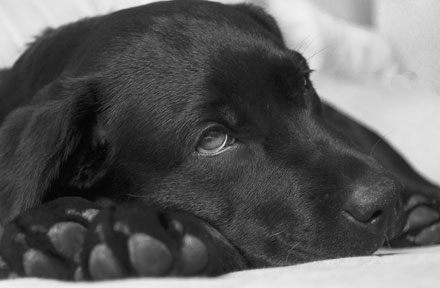
What to Feed a Sick Dog With No Appetite? [2025 Guide]
May 16, 2023
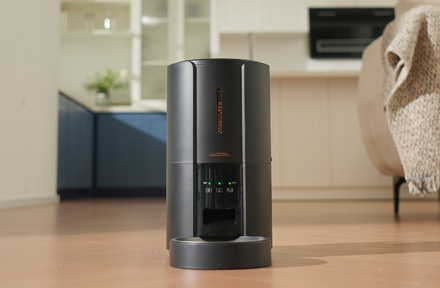
Troubleshooting Common Issues with Automatic Pet Feeders: Tips & Tricks for Pet Owners
Oct 26, 2023
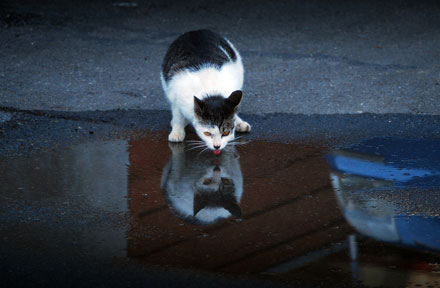
Why Does My Cat Cough After Drinking Water? 8 Potential Reasons
Mar 13, 2023
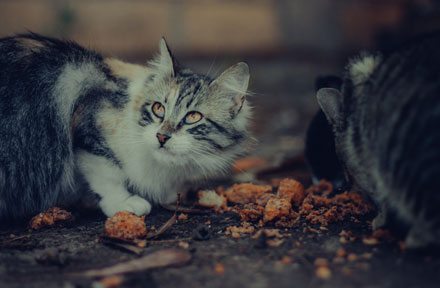
My Cat Only Eats A Little at A Time - What to Do?
Feb 27, 2023
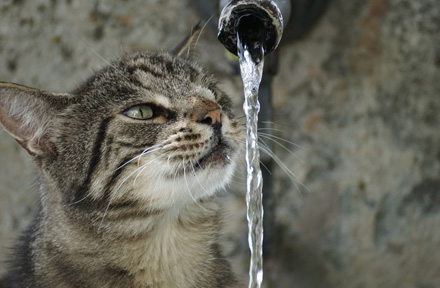
Why is My Cat Throwing up Water? Top 5 Causes Here
Feb 08, 2023
$99.99
$129.99
Copyright © 2025 WOPET. All Rights Reserved.